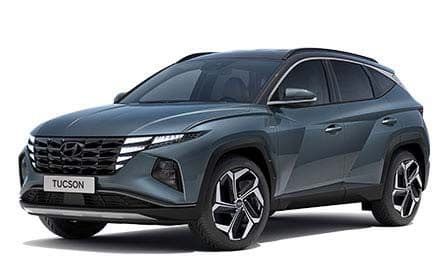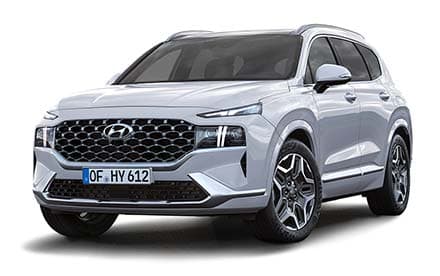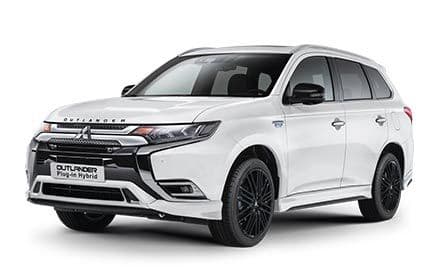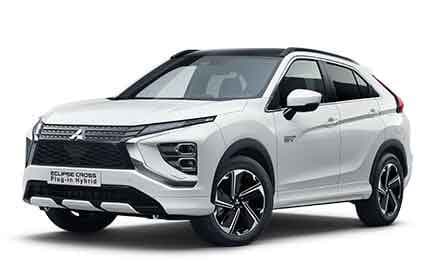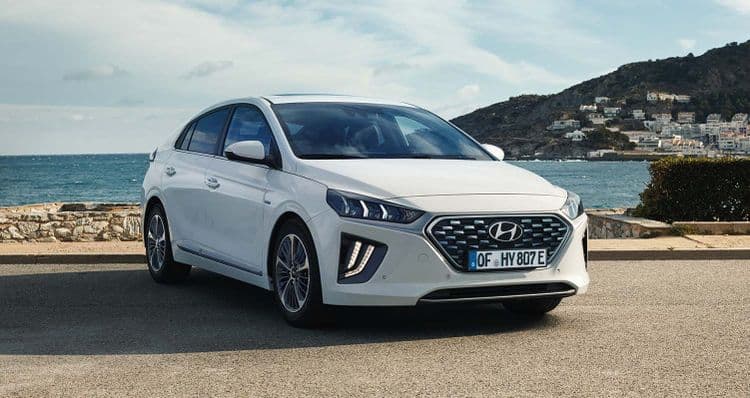
Are you still braking or are you already recuperating?
Fuel consumption (urban/ extra-urban/ combined): 3.9-3.4/ 3.9-3.6/ 3.9-3.4 [l/100 km]. CO2 emissions: 92-79 g/km (combined). CO2 efficiency class: A+; vehicle illustration may differ and may contain optional extras that are subject to a surcharge.* I.
Fuel consumption (urban/ extra-urban/ combined): 3.9-3.4/ 3.9-3.6/ 3.9-3.4 [l/100 km]. CO2 emissions: 92-79 g/km (combined). CO2 efficiency class: A+; vehicle illustration may differ and may contain optional extras that are subject to a surcharge.* I.
Our offers
No vehicles found.
Plug-in hybrid vs. verbenner
Plug-in hybrids have several advantages over conventional combustion engines. Firstly, fuel consumption is significantly reduced by utilising the electric drive component. In addition, fewer emissions are emitted, which protects the environment. But you can do more than just save fuel with a plug-in hybrid. There are even tax incentives for companies to favour plug-in hybrids over classic combustion engines as company vehicles.
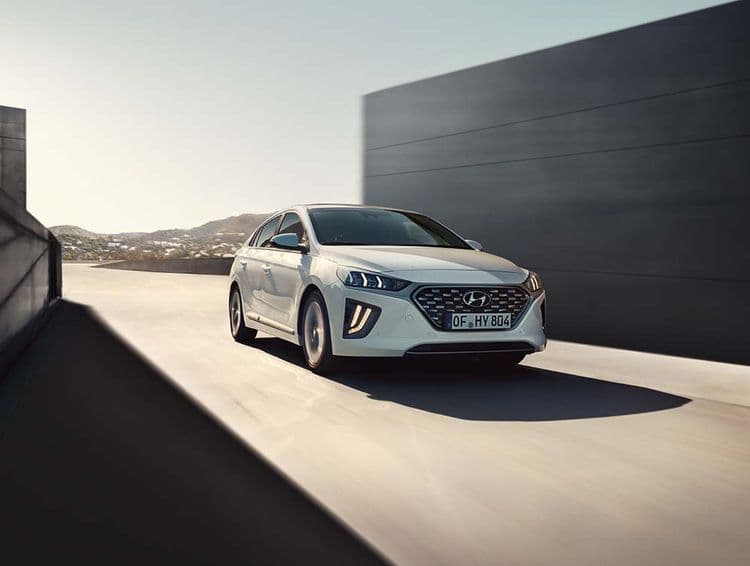
Tax incentives
With maximum CO2 emissions of 50 g/km or an electric range of at least 80 km, you as a business will receive a reduced tax rate of just 0.5% of the list price. So you can not only save fuel, but also money.
Plug-in hybrid vs. electric car
And what are the advantages of a plug-in hybrid compared to an electric car? The ranges of electric vehicles are getting longer and longer. However, the ranges of electric vehicles are still no match for the ranges that a combustion engine can achieve. With a plug-in hybrid, you can make up for this deficit of the electric drive. In addition, charging an electric vehicle at a high-speed charging station can take a good 20 minutes. You can save this time with a plug-in hybrid. One quick stop at the petrol pump and the journey continues. As a result, you are not affected by a potentially poor charging infrastructure on longer journeys.
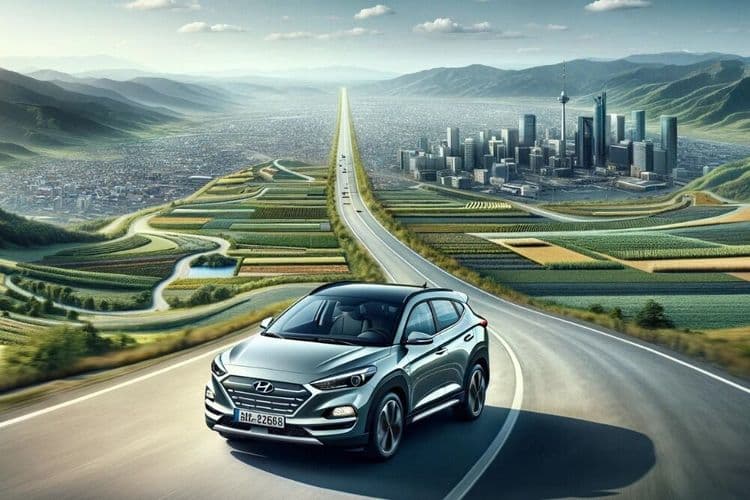
Fast charging
With electric vehicles, it can sometimes happen that you have to wait up to 20 minutes at a fast-charging station on longer journeys. With a plug-in hybrid, you can simply drive to the nearest petrol station and fill up with fuel. The electric battery partially recharges itself during the journey through recuperation. However, if you run out of power, you can recharge the battery conveniently at home.
Sie haben Fragen - wir haben Antworten
A combination of full hybrid and electric vehicle is known as a plug-in hybrid. The special feature of the e-mobility provided is that the lithium-ion battery stores the energy and can be charged both while driving and at the socket.
- Fewer emissions
- Parts of the journey can be covered purely electrically
- Recharging the battery while driving & at the socket
- Continued use of fossil fuels
- Higher acquisition costs than with diesel or petrol
- Higher energy consumption due to higher dead weight
Compared to its technical predecessors with hybrid and electric motorisation, the hybrid accumulator installed in the plug-in hybrid has significantly more capacity. This is usually located between the combustion engine and the transmission. Synchronisation is best achieved at this point, as a clutch separates the two motors when the electric motor is working alone.
Charging your plug-in hybrid can be done conveniently at your own home socket. This allows you to check for yourself how "clean" the energy used is. In addition, the battery is recharged during the journey through recuperation.
Recuperation refers to the energy recovery that can take place when braking or rolling. The kinetic energy recovered is converted into electricity and fed back into the battery.
A computer or you yourself decide which motor drives your plug-in hybrid or whether both work in parallel. An overtaking manoeuvre can be shortened by using both motors; in city traffic you can drive purely electrically until the energy storage is used up.
Lithium-ion technology is becoming increasingly important in the field of e-mobility. The main component of such a battery is a base of lithium ions, which can be combined with a variety of possible metals. The reactive materials contain lithium ions in both the positive and negative electrodes. The lithium batteries are used to store energy in the vehicle.
A plug-in hybrid is suitable for both short journeys within the city and longer journeys, such as thosemade by commuters.Short distances can be travelled with the purely electric drive. The Mitsubishi Outlander Plug-in Hybrid* drives 54 km, the Hyundai IONIQ Plug-in Hybrid*** even 63 km purely electrically.
With the Outlander Plug-in Hybrid**, Mitsubishi offers the world's first all-round SUV. Hyundai has been impressing with the comfortable IONIQ plug-in hybrid*** since 2016. With its own IONIQ sub-brand, Hyundai will continue to deliver impressive innovations in the field of modern e-mobility in the coming years. At CSB Schimmel Automobile you will find all models of the Hyundai & Mitsubishi brands.
Half and annual cars
Everything under one roof
35 years of experience
Um diesen Inhalt anzeigen zu können, ist Ihre Zustimmung erforderlich.
* Weitere Informationen zum offiziellen Kraftstoffverbrauch und den offiziellen spezifischen CO2-Emissionen neuer Personenkraftwagen können dem 'Leitfaden über den Kraftstoffverbrauch, die CO2-Emissionen und den Stromverbrauch neuer Personenkraftwagen' entnommen werden, der an allen Verkaufsstellen, bei der Deutschen Automobil Treuhand GmbH (DAT), Hellmuth-Hirth-Str. 1, 73760 Ostfildern-Scharnhausen, und unter https://www.dat.de/co2/ unentgeltlich erhältlich ist. Die angegebenen Verbrauchs- und CO2-Emissionswerte wurden nach dem vorgeschriebenen WLTP-Messverfahren ermittelt.
** Mitsubishi Outlander Plug-in Hybrid Gesamtverbrauch: Stromverbrauch (kWh/100 km) kombiniert 14,8. Kraftstoffverbrauch (l/100 km) kombiniert 1,8. CO2-Emission (g/km) kombiniert 40. Effizienzklasse A+.
*** Kraftstoffverbrauch für den Hyundai IONIQ Plug-in-Hybrid 1.6 GDI 104 kW (141 PS) 6-Gang-Doppelkupplungsgetriebe: kombiniert: 1,1 l/100 km; Stromverbrauch kombiniert: 10,3 kWh/100km; CO2-Emissionen kombiniert: 26 g/km; Effizienzklasse: A+.
© 2025 CSB Schimmel Automobile GmbH. All rights reserved.

Die Setzung einiger Cookies ist zwingend erforderlich. Für bestimmte Dienste benötigen wir Ihre Einwilligung.
Durch den Klick auf „Alle Cookies akzeptieren“, willigen Sie (jederzeit für die Zukunft widerruflich) in alle Datenverarbeitungen (Setzung von Cookies und Übermittlung der IP-Adresse an Partner) ein.
Durch den Klick „ Alle optionalen Cookies ablehnen“ werden alle nicht zwingend notwendigen Cookies nicht gesetzt und Verbindungen unterbunden. Die Nutzung unserer Webseite ist dann stark eingeschränkt.
Durch den Klick auf „ Lassen Sie mich wählen“ können Einstellungen geändert und der Datenverarbeitung eingewilligt werden. Ihre Auswahl kann jederzeit angepasst werden.
Hinweis auf Verarbeitung der Daten in den USA (z.B. durch Google, Facebook, Youtube): Durch den Klick auf „Alle Cookies akzeptieren" oder bei der entsprechenden Auswahl eines Anbieters, willigen Sie zugleich darin ein, dass Ihre Daten in den USA verarbeitet werden. Die USA wird als ein Land mit einem nicht ausreichenden Datenschutzniveau angesehen. Es besteht u.a. das Risiko, dass Ihre Daten durch US-Behörden, zu Kontroll- und zu Überwachungszwecken, möglicherweise auch ohne Rechtsbehelfsmöglichkeiten, verarbeitet werden können. Bei dem Klick auf „Alle optionalen Cookies ablehnen“, findet keine Datenübermittlung statt.
Weitere Informationen finden Sie unter Datenschutz. Zum Impressum.















